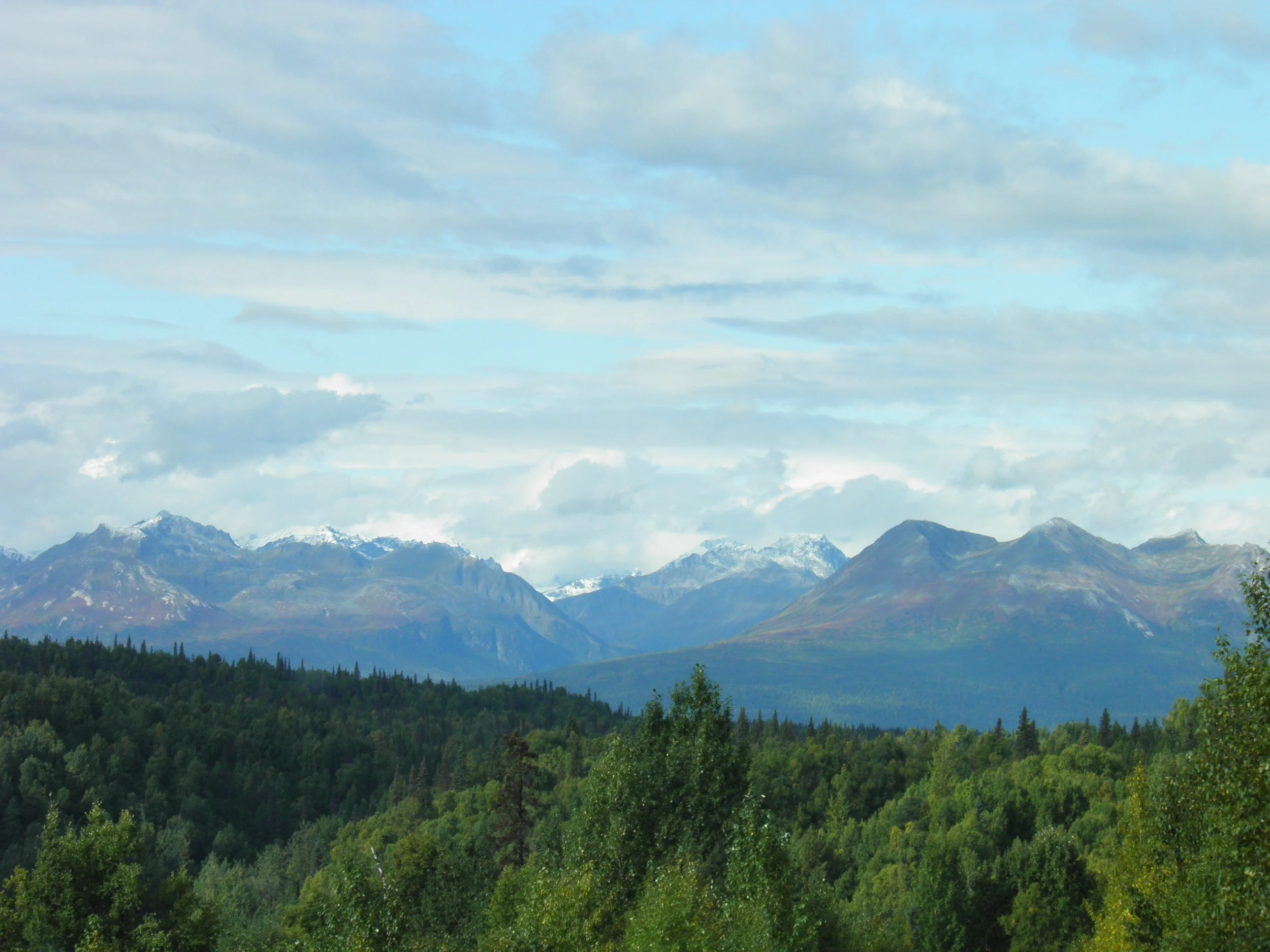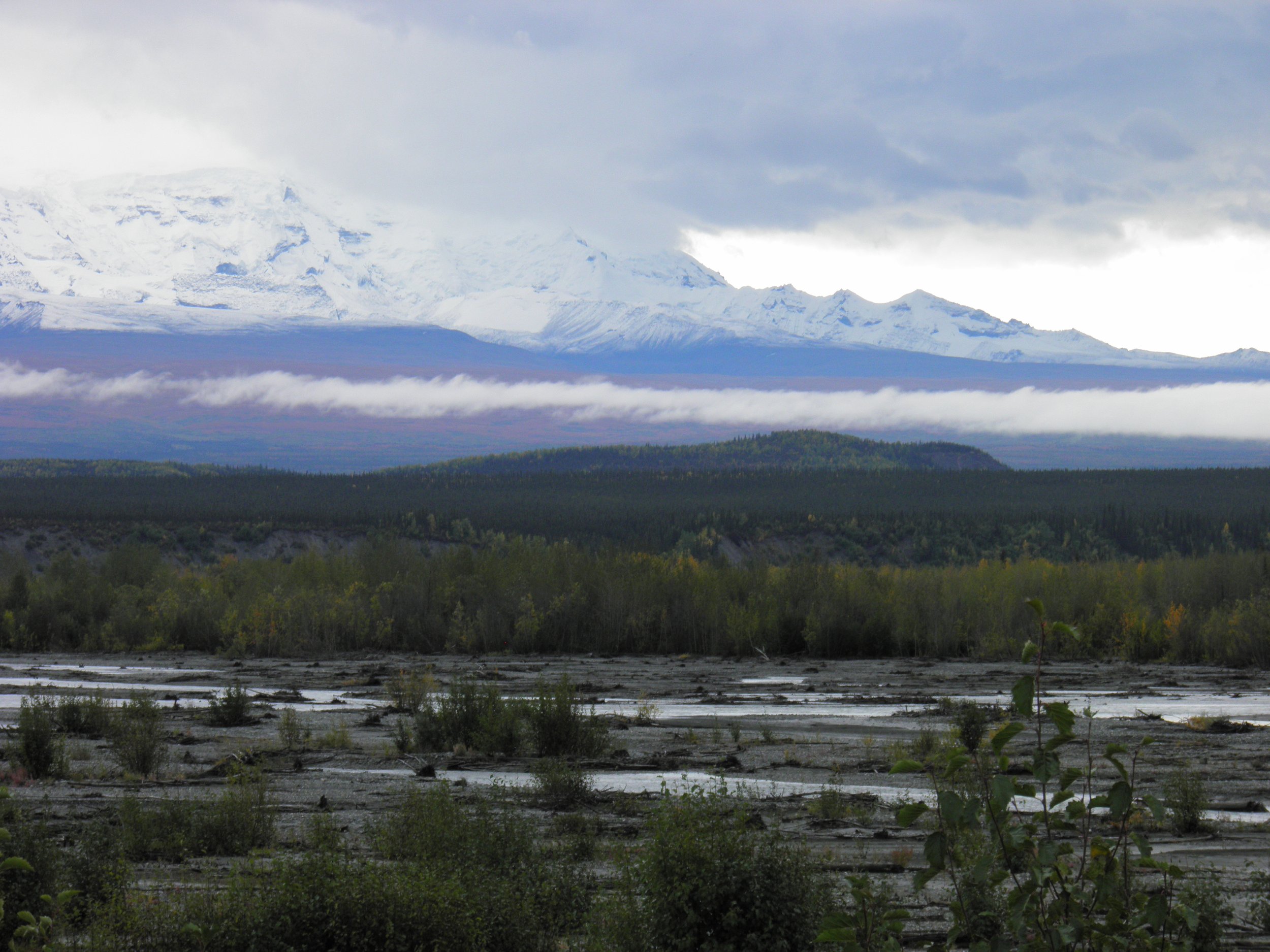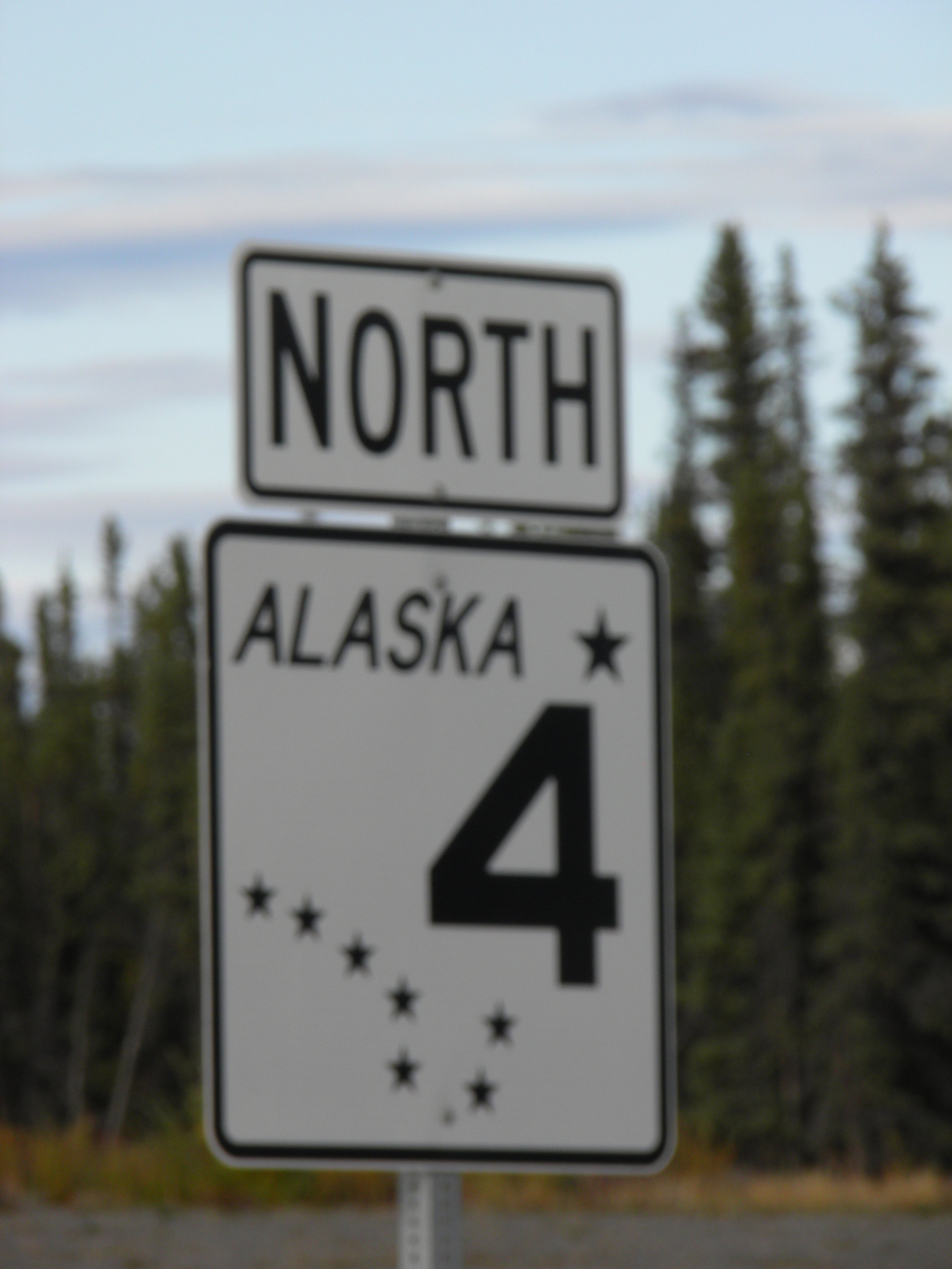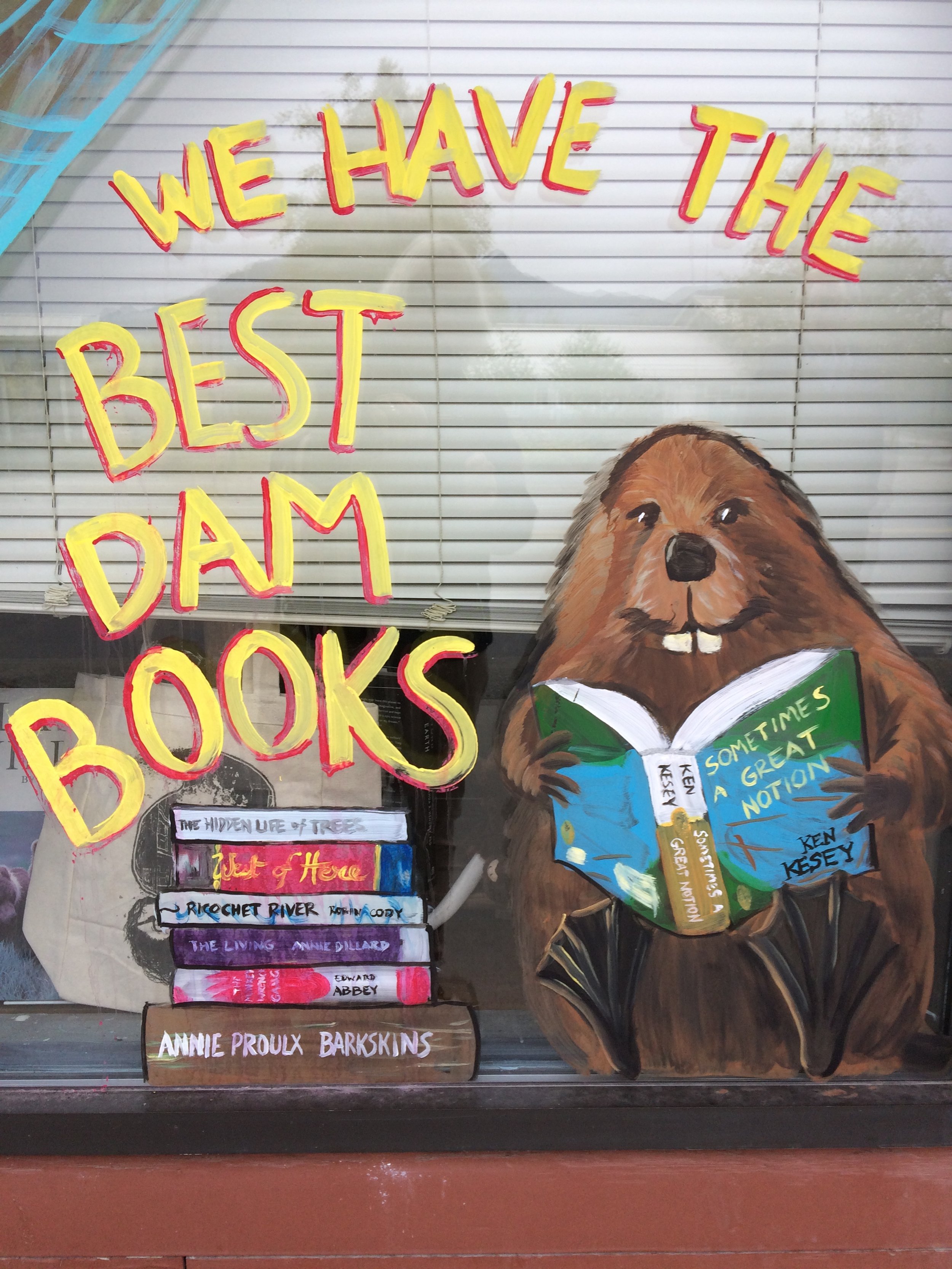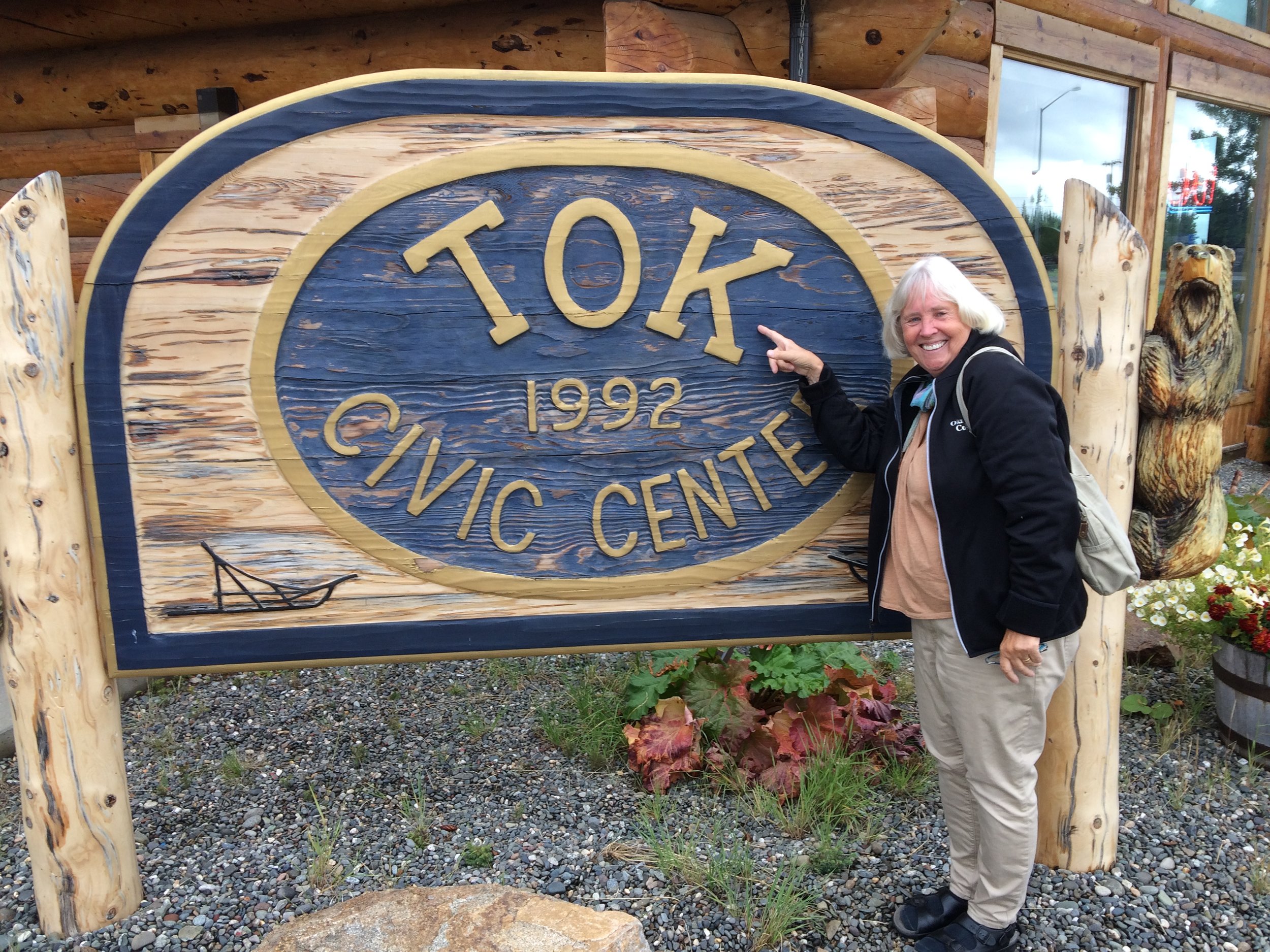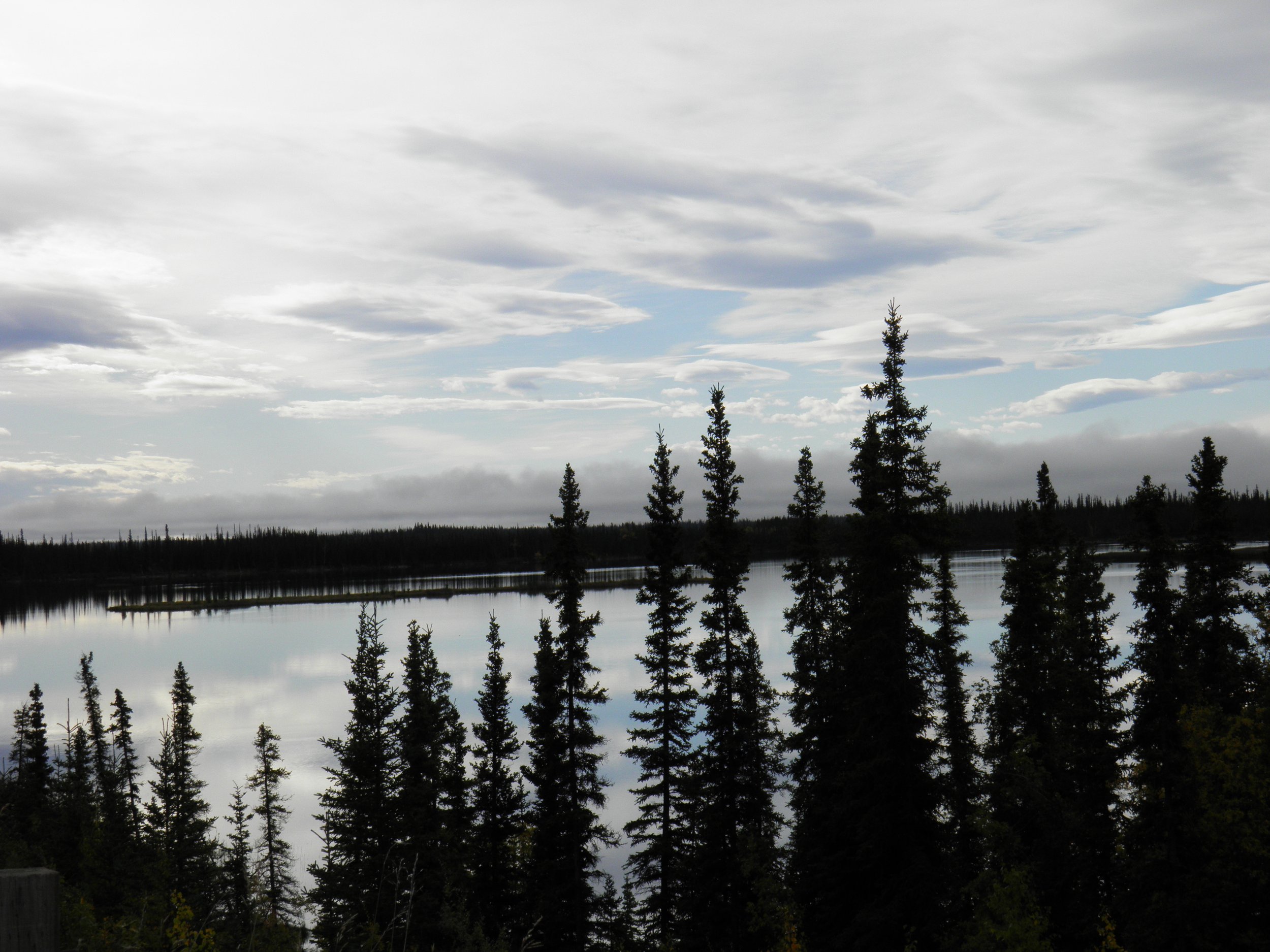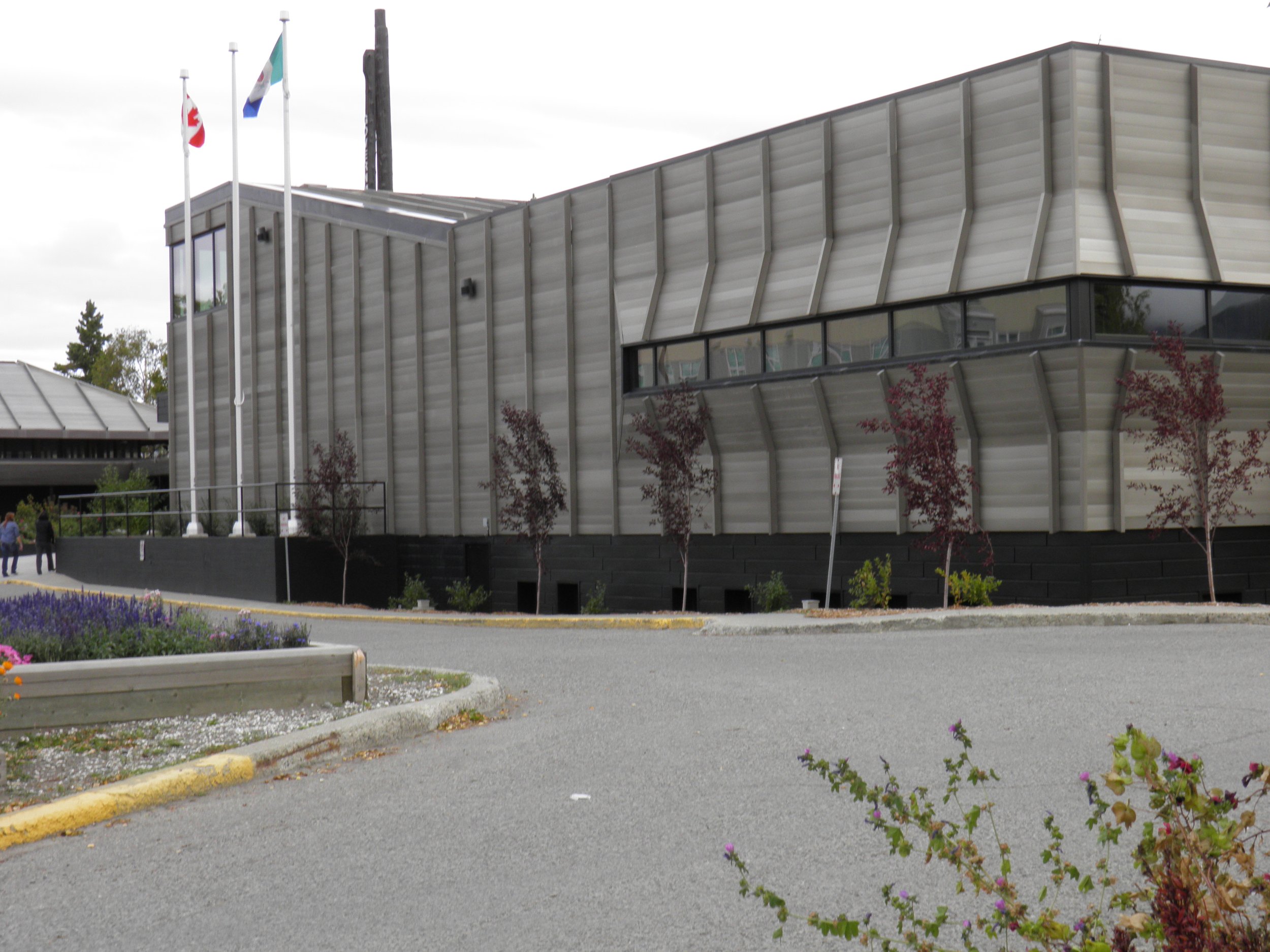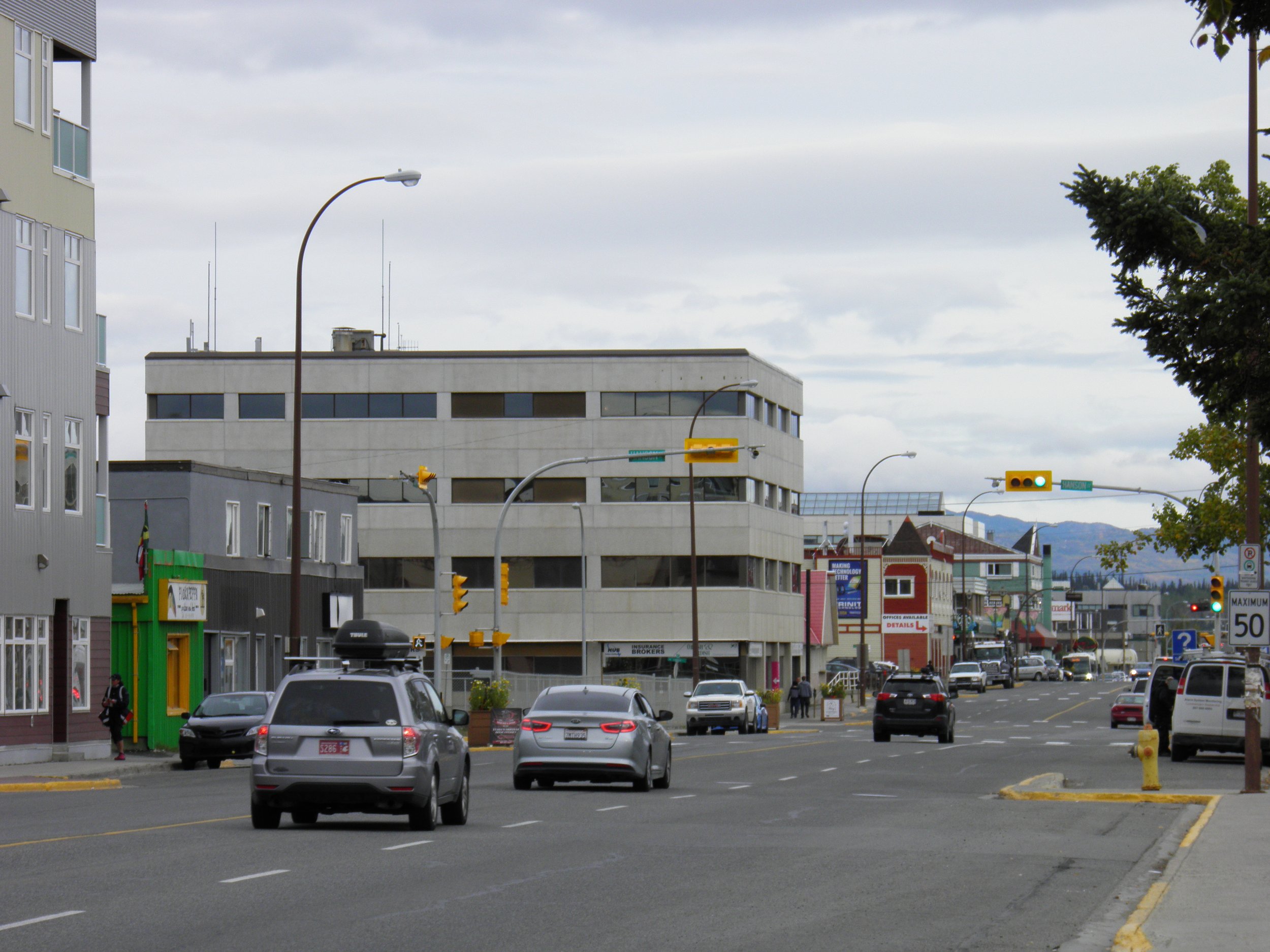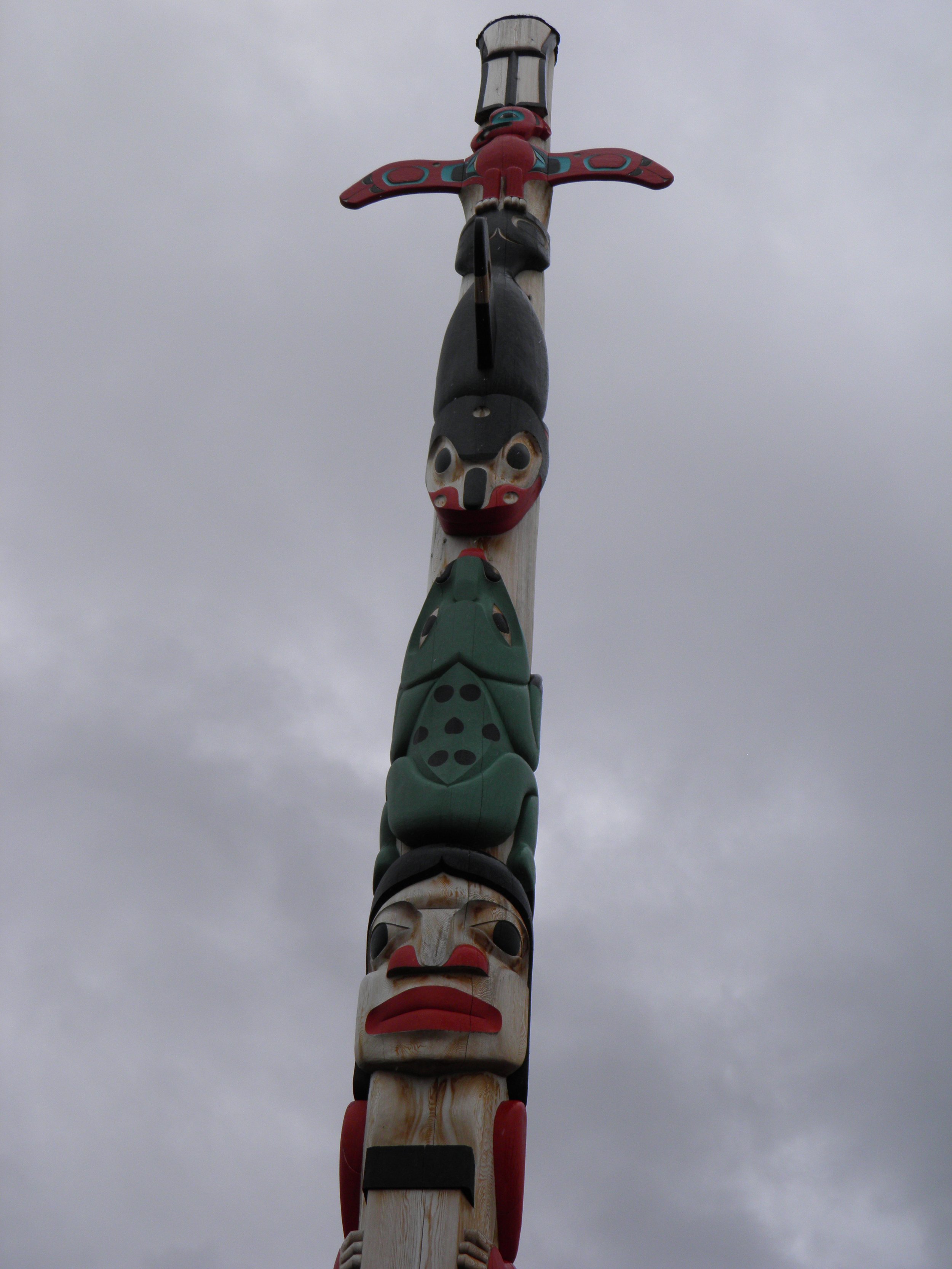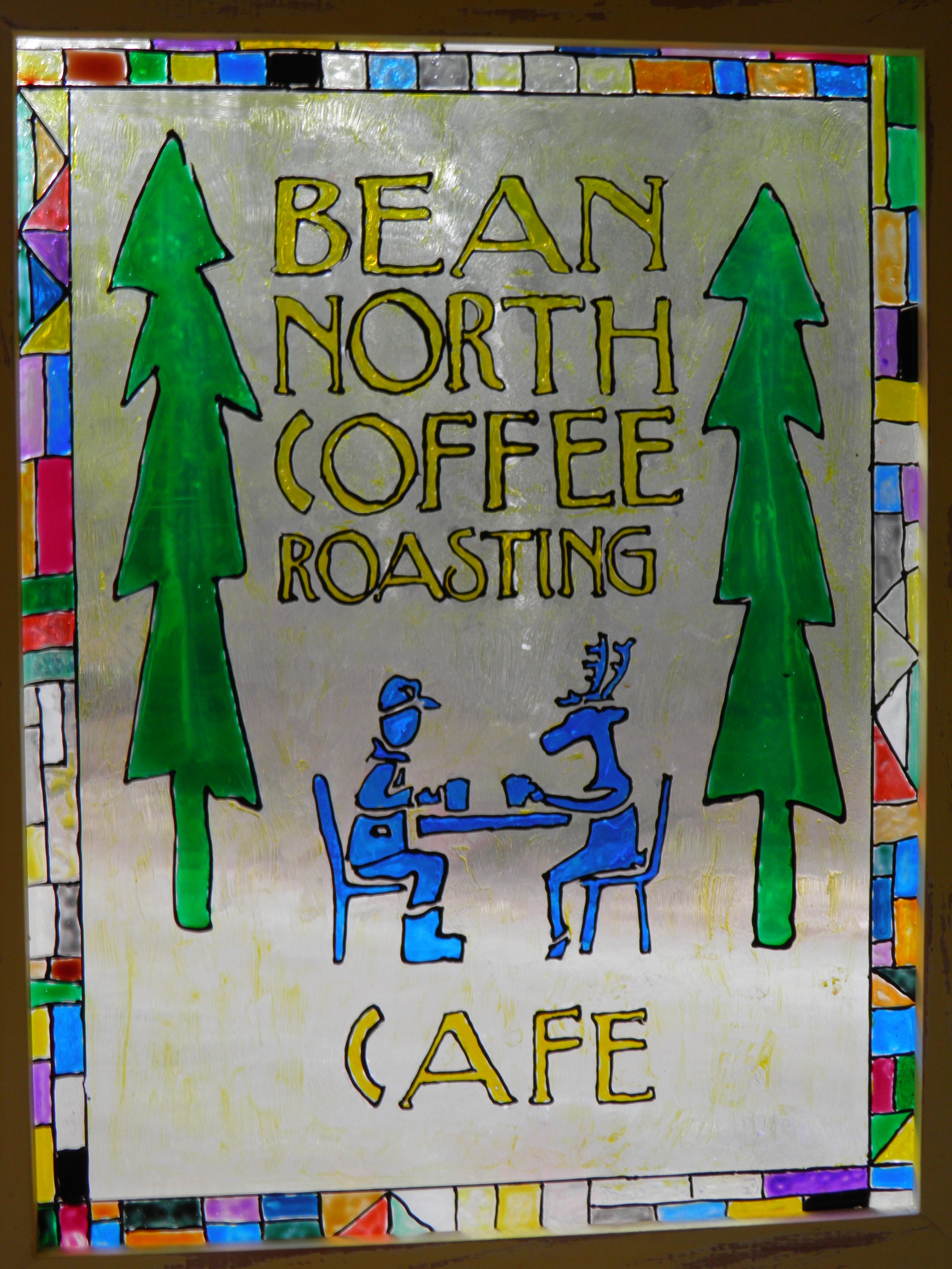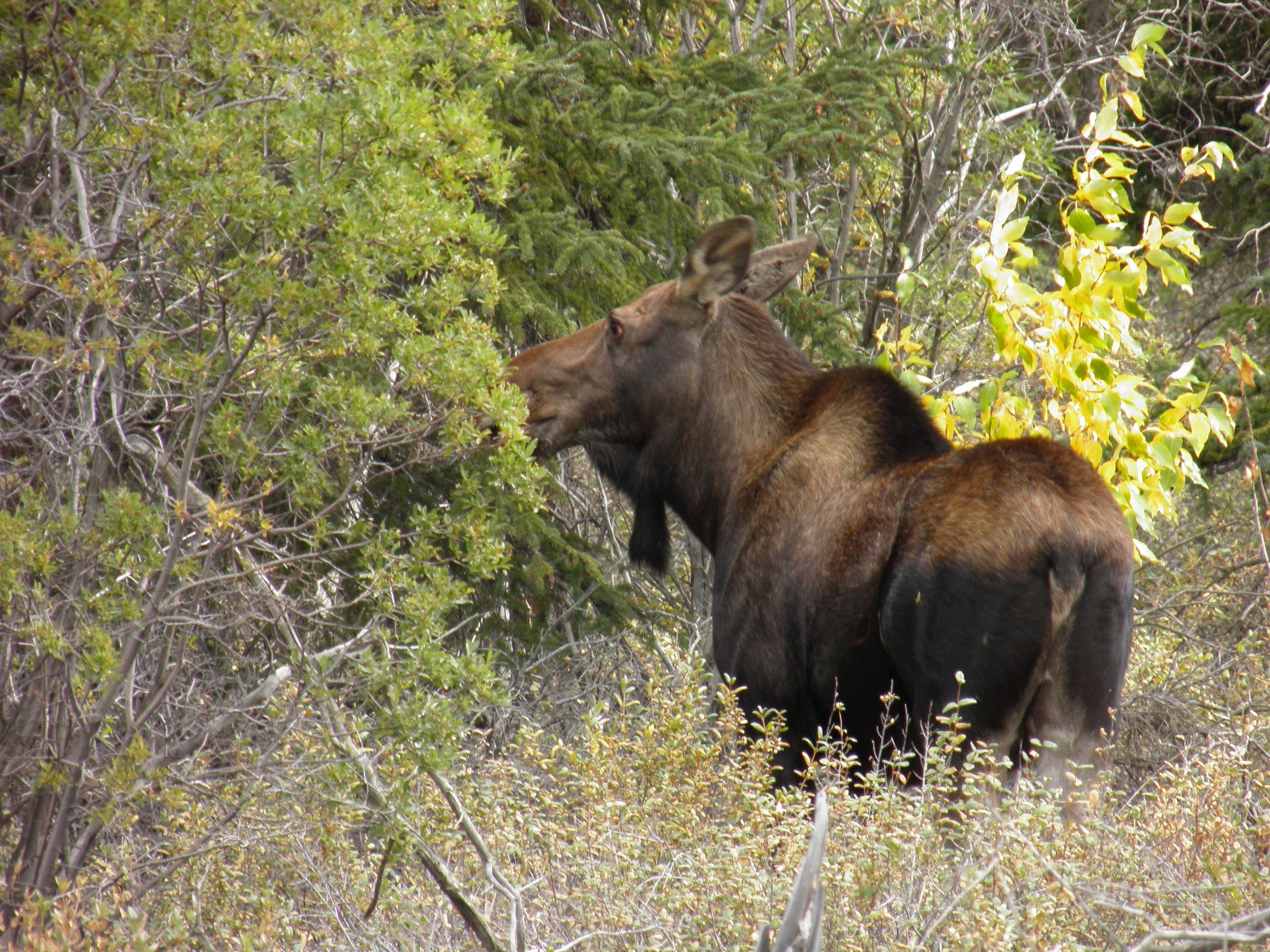We were ending a cruise to Alaska in Anchorage. Rather than fly straight back, we decided to drive to the Yukon first. When we planned this trip, the cruise itinerary listed Anchorage as the last port of call. But it doesn’t get anywhere near this city. Seward is a good 2 hours by bus from Anchorage. It can also be reached by train. Being the thrifty, budget travellers that we are, I spent time searching for the most economical way to get from the port of Seward to the Anchorage airport where we would pick up a rental car. It turned out to be Alaska Cruise Transfer (https://alaskacruisetransfer.com) The one way ride was $50 per person, considerably cheaper than the transport offered by the cruise line or other companies. The bus was very comfortable, we had a good driver and the best part was the informative, and humorous, commentary audio track. It gave us stories of the area’s history, colourful characters, politics, events, wildlife and more.
The Kenai Peninsula is absolutely gorgeous and you could easily spend a whole holiday here, exploring, hiking, fishing and seeing beautiful scenery. The highlight for me was learning about Turnagain Arm - a wide arm of the Gulf of Alaska reaching inland from Cook Inlet. The arm got its name from British explorer James Cook, who was forced to “turn again” when the waterway didn’t hold the fabled Northwest Passage during his 1778 voyage.
The bore tide here, a wave of water that rushes down the arm, can top six feet tall and is an unusual, awe-inspiring sight. Formed by the area’s huge tidal range and focused in the narrow channel of Turnagain Arm, the bore tide tops speeds of 20 mph. We heard stories of near drownings because the bottom here is quick sand and when the water comes in at that speed, it is very dangerous.
You can see the tidal bore coming in here: https://www.youtube.com/watch?v=VY-qekro1dI
Photo: adfg.alaska.gov
The best thing was seeing many Beluga whales who hang out in this Arm. Beluga Point, a rocky outpost jutting into the waters of Turnagain Arm, is just south of Anchorage along the Seward Highway. Belugas are often seen from mid-July through August when salmon are running in Cook Inlet where their numbers have hovered between 300 to 375 whales since 2000. Belugas use sonar to find their way and catch fish in the silty waters of the inlet. Beluga whales are relatively small, often measuring less than 16 feet. Younger whales look blue-gray in color and then turn white by age five or six. Belugas are the only all-white whale and have no dorsal fin.
We loved Fireside Books in Palmer, AK
We reached the outskirts of Anchorage, Alaska’s largest city, and were dropped off at the airport where we picked up a rental car. What can you expect when driving across the vast expanse of Alaska? The highway was flanked with many, many signs warning us of moose and cariboo. But for all of the 700 miles (1,100 KM) from Anchorage to Whitehorse, the only wildlife we saw was a handful of chipmunks and a few ravens.
There is still very much a ‘last frontier’ feeling here. Towns have few services and buildings still have the gold rush type fronts. There are about as many saloons as there are churches. The main streets are often paved but side streets are full of potholes. Our rental car was not allowed on dirt roads so we had to change our plan of driving the Top of the World highway to Dawson City, Yukon, plus the border on that road closed early for the season. Gas prices are the same as down south but gas stations are far and few between.
The most beautiful view was overlooking the Matanuska Glacier, lower than the highway, as it creeps out of a southern valley on blue icy toes.
Matanuska Glacier
We spent the night in Tok, Alaska. There are several motels and RV Parks with cabins along both the Alaska Highway and the Richardson Highway (it is interesting to note that highways in Alaska are referred to by name in addition to the number). It costs at least 100.- for a room. The place most recommended for meals is Fast Eddy’s. We had fun sitting in this bustling truck-stop atmosphere and watching big burly hunters, truck drivers with long beards and pony tails, and an odd mix of tourists from all over the world. The great food was reasonably priced: https://www.fasteddysrestaurant.com
The highway got noticeably worse once we crossed the border into Canada. But we were very lucky with blue skies and sunshine that set the golden trees ablaze. It was early September, definitely one of the most gorgeous times to see this area as aspen and other deciduous trees turn bright yellow, orange and red, dotting the evergreen hills like a fluffy quilt, framed here and there with the first white powder on mountain tops. Especially the drive along Kluane Lake is gorgeous.
Yukon. The name alone evokes images of vast, frozen wilderness. Of cloud shrouded peaks, wolves hauling at the Northern Lights and ribbons of frozen river. But there is much more to this northern land that borders Alaska, the North West Territories and the Beaufort Sea.
For 9 years we called the Yukon home. When our family moved here, in 1982, it was an isolated land of resilient people. We drove several days north of Edmonton. The trees became thinner, sparser. When we finally spotted Whitehorse on the east of the Alaska Highway, we could have easily missed it entirely and ended up in Alaska. But we drove down toward the Yukon River and embraced the town that was to be our northern home. It has been the easiest place I’ve ever lived (and we’ve moved 27 times!) to make friends. Because most people came here from somewhere else.
Yukon government building
Back then, Whitehorse did not have much to offer in the way of modern conveniences. There was a supermarket but bulk items were expensive because they were flown up or trucked up the Alaska Highway. There weren’t many restaurants, leave alone many coffeeshops. Now Whitehorse has Starbucks, McDonalds and a plethora of box stores, including Walmart. It also has four airlines servicing the town, including a direct flight to Germany.
Mainstreet, Whitehorse
More than a hundred years ago, in 1897, gold was discovered in this sparsely populated, northern land. The ensuing Gold Rush brought people and awareness. It was the rugged ones that came. And stayed. It was the tough men and women who left the south to carve out a living in the north. They built log houses, hunted and trapped. They interacted with, and learned from, the First Nations people who lived here and knew how to survive in this harsh environment.
And, slowly, more came. A service industry sprang up. Mining. Logging. A school here, a hospital there. A store, a service station, an airport. Slowly, towns were born and grew up. Paddlewheelers connected towns via rivers. First Nations people’s lives changed as they came into contact with the new settlers. Much of their culture was threatened, and then revived. Costumes, dancing, fur and beadwork mingled with French trappers, saloons, and dog sledding to form an intriguing, northern flavour.
Now, Yukon has its very own, distinct culture. It is a land like no other. A haunting land that gets under your skin and never leaves. Currently, the territory’s population is roughly 35,000 people. Some 27,000 of these live in Whitehorse, the capital city. That leaves 8,000 people spread out across 482,443 km² (186,272.28 ml²). Some towns boast 52 inhabitants. Whitehorse has all the modern conveniences of a southern city. Some better, like the incredible Canada Games Center, hosting an Aquatic Centre comprised of a 25 meter pool with 8 lanes, a leisure pool with water features and lazy river, an indoor waterslide, a hot tub, a steam room and a sauna. It has an NHL sized arena as well as an Olympic sized arena and leisure ice for recreational skating. A wellness centre, a 215m indoor walking and running track circumnavigates the entire centre while parents can drop off kids at a Child Play Area with indoor playground. There are meeting rooms to accommodate both business and social gatherings and food services, Physiotherapy services and a Yukon Family Literacy Centre. Adult admission for all this? $7.50. Combine this with northern allowances, seniors’ and other special services, and Yukon has morfed into an attractive place for families, and people of all ages, to live. And in this climate, they deserve all the facilities they can get.
Being back in Whitehorse for a visit we rekindled old friendships, saw the house we built, the school our kids attended, and many other familiar places. We stayed in a wonderful B & B called Historic House B & B: http://www.yukongold.com/ The house is in downtown Whitehorse and allowed us to walk to many places. We were delighted to discover that this 2 storey clapboard house was built in 1907 as home for the real Sam McGee and his family. How cool is that? And on the way back to Alaska, guess who was waiting for us along the side of the road?!
As promised by all the road signs, we saw moose in Alaska.
